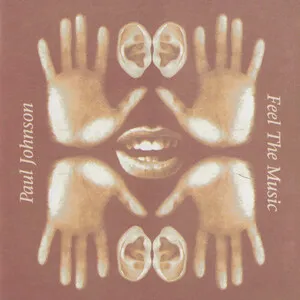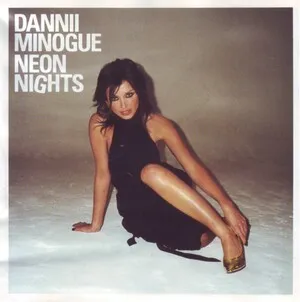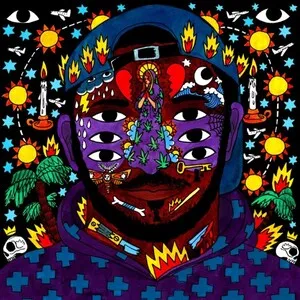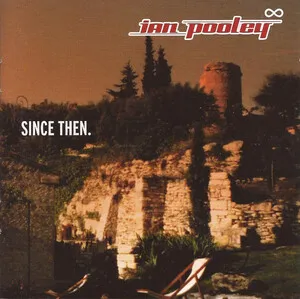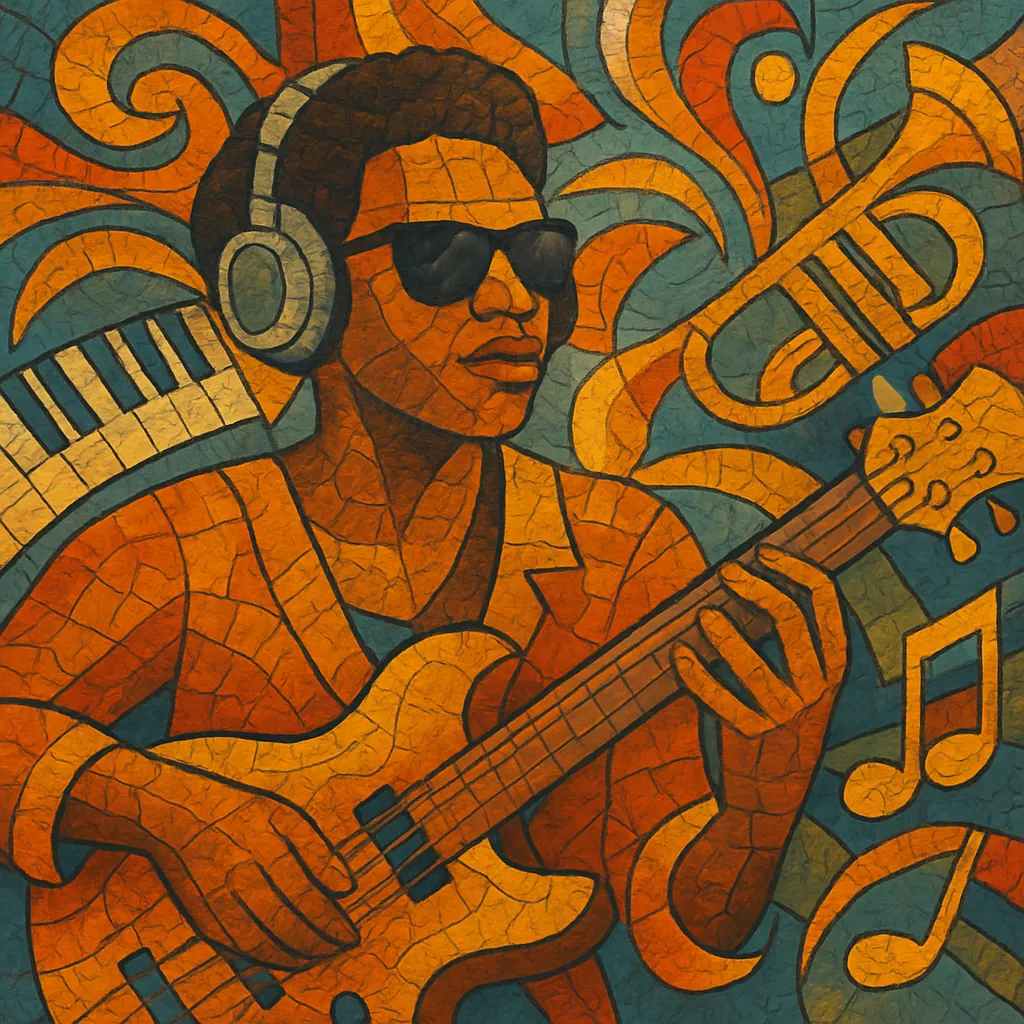
Funky house is an upbeat, feel‑good strain of house music that blends the four‑on‑the‑floor pulse with the grooves, instrumentation, and harmony of 1970s/80s disco, funk, and soul. It typically features syncopated basslines (often live or sampled), bright piano or Rhodes stabs, wah‑wah or Nile Rodgers‑style guitar comping, horn and string hits, and soulful, song‑centric vocals.
The production emphasizes a steady 120–128 BPM rhythm, swung hi‑hats, and crisp claps on beats 2 and 4, with tasteful filtering and sidechain compression to make basslines and chords pump against the kick. Stylistically, it sits between disco house and soulful/vocal house, aiming squarely at dancefloors while retaining pop‑friendly musicality.
Funky house grew out of the dialogue between Chicago/US garage house and classic disco/funk/soul. UK clubs and labels popularized the term in the late 1990s, as DJs and producers leaned into live‑sounding basslines, piano riffs, filtered disco samples, and fully sung hooks. Imprints such as Defected Records, Subliminal, and Peppermint Jam helped codify the sound on dancefloors and compilations.
From roughly 2000 to 2006 the style crossed into mainstream club culture and charts. Records by The Shapeshifters, Junior Jack, Roger Sanchez, StoneBridge, Mousse T., Freemasons, and Bob Sinclar exemplified the approachable, song‑led approach—balancing credible club mixes with radio edits. Hed Kandi and Ministry of Sound compilations amplified the genre’s reach worldwide.
As electro house and EDM aesthetics surged after 2006, funky house’s commercial presence dipped, but its DNA persisted in vocal house and pop‑house crossovers. The 2010s/2020s saw renewed interest through labels, Ibiza residencies, and parties (e.g., Glitterbox) spotlighting soulful, disco‑leaning house. Contemporary producers frequently blend funky house hallmarks—live bass, Rhodes/piano, and brass—with modern mixdowns and streaming‑ready arrangements.


